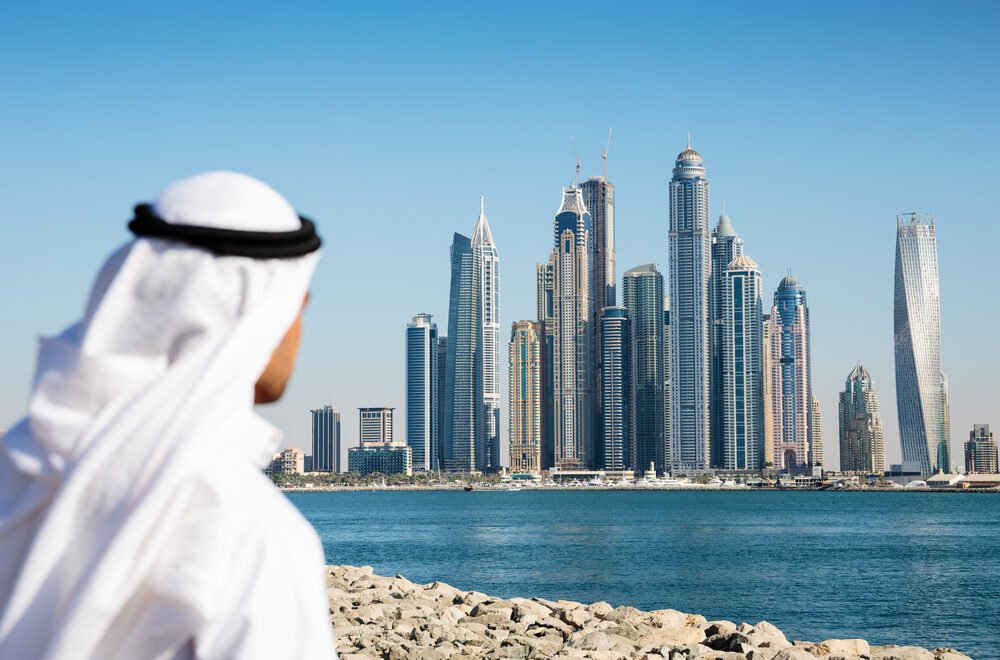Now Reading: How UAE’s 2025 Aviation Projects Will Change Air Travel Forever
-
01
How UAE’s 2025 Aviation Projects Will Change Air Travel Forever
How UAE’s 2025 Aviation Projects Will Change Air Travel Forever
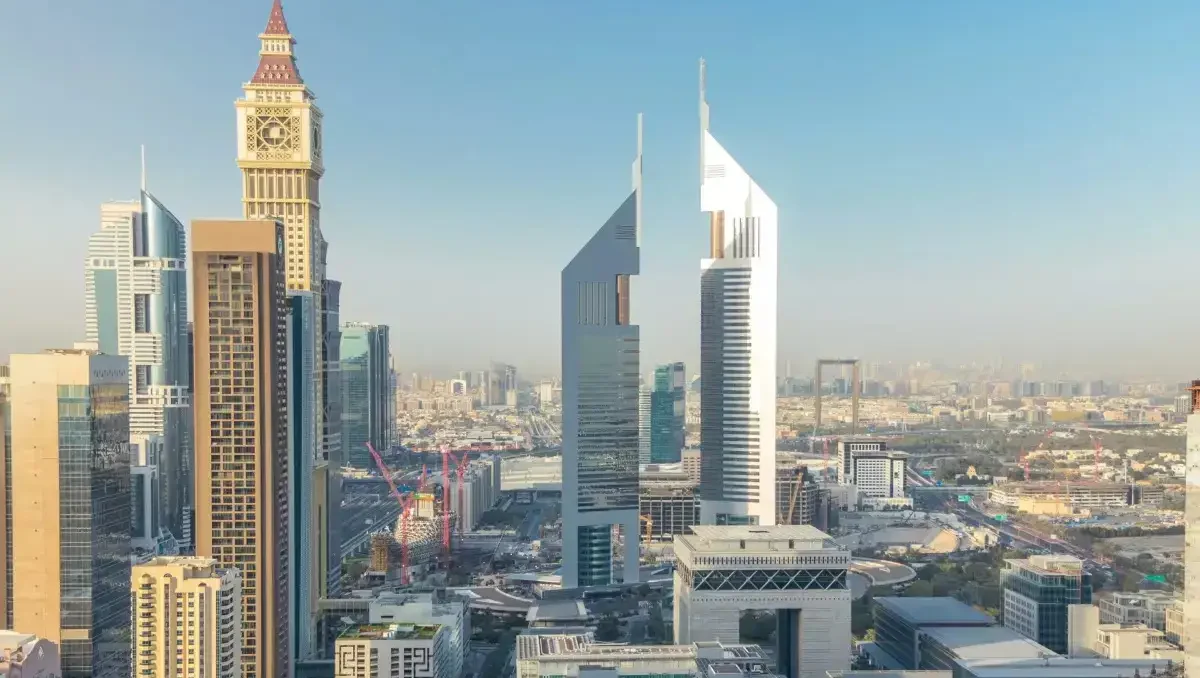
Table of Contents
The United Arab Emirates has always pushed the boundaries of innovation, and its aviation industry is a shining example of this spirit. In 2025, several ambitious aviation projects are set to transform how passengers and cargo move across the region and the world. From futuristic airports to smart air traffic systems, these projects reflect the UAE’s vision to become a global hub for air travel and logistics.
Here is a closer look at the top aviation projects reshaping the UAE’s skies in 2025.
1. Al Maktoum International Airport Expansion

Dubai’s Al Maktoum International Airport, located at Dubai South, is undergoing one of the world’s largest airport expansions. The project aims to handle more than 250 million passengers annually when fully complete, which would make it the largest airport in the world by capacity.
In 2025, the airport will unveil its next phase with state-of-the-art terminals, enhanced passenger facilities, and improved cargo handling capabilities. The expansion supports Dubai’s ambitious plans to cement its place as a top aviation and logistics hub. The airport will feature smart gates, facial recognition systems, and digital baggage handling to make travel faster and smoother for millions of passengers.
The project is not just about size, but also sustainability. Solar panels, water recycling systems, and energy-efficient designs are part of the green vision for Al Maktoum International.
2. Abu Dhabi Midfield Terminal
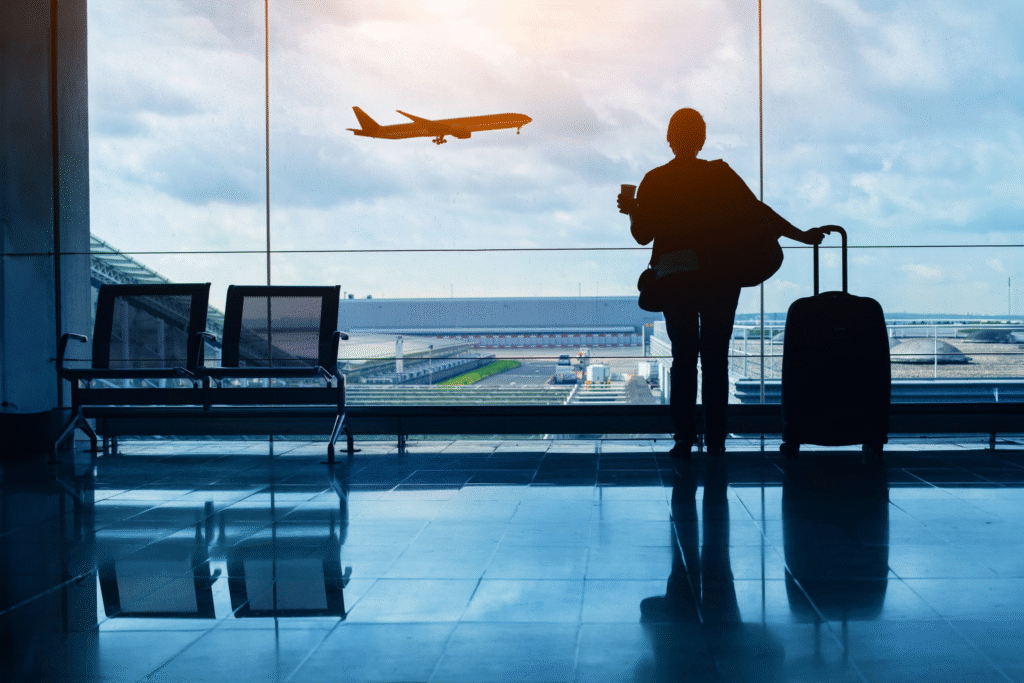
After years of development, Abu Dhabi International Airport’s long-awaited Midfield Terminal is set to fully open in 2025. This massive terminal will boost the airport’s capacity to around 45 million passengers per year.
The Midfield Terminal has been designed with sustainability and passenger comfort in mind. It includes modern check-in counters, smart security systems, spacious lounges, and retail areas that aim to create a premium travel experience. Its strategic location will also support Etihad Airways’ growing network, connecting Abu Dhabi with key markets in Europe, Asia, and the Americas.
As the UAE’s capital, Abu Dhabi’s investment in this terminal highlights its strategy to compete with other global hubs while enhancing its own tourism and business environment.
3. Sharjah International Airport Expansion

Sharjah International Airport is another rising star. Its expansion project is scheduled for major milestones in 2025, increasing passenger capacity to 20 million annually. The airport is adding a new terminal, advanced baggage systems, and more aircraft parking bays to keep up with increasing demand from both low-cost carriers and cargo operators.
Sharjah has become a crucial link for travelers seeking affordable flights across Asia and the Middle East. The expansion will improve services for passengers and strengthen Sharjah’s role as a competitive alternative to Dubai and Abu Dhabi.
4. Urban Air Mobility (UAM) Trials
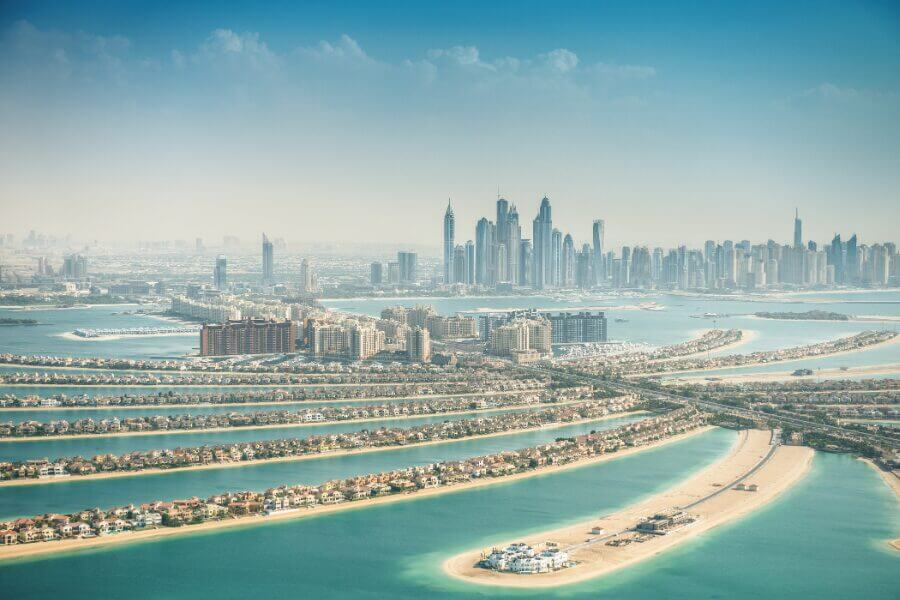
Perhaps the most futuristic of all projects are the Urban Air Mobility (UAM) trials happening in Dubai. In 2025, Dubai plans to advance its trials of air taxis, flying drones, and other electric vertical take-off and landing (eVTOL) vehicles.
These trials aim to make air taxis a commercial reality in the coming years, reducing road congestion and transforming the way people commute within cities. Dubai’s Roads and Transport Authority (RTA), in partnership with international aviation companies, is testing routes, safety systems, and passenger handling protocols.
If successful, Dubai could be among the first cities worldwide to launch fully operational air taxi services.
5. Advanced Air Traffic Management
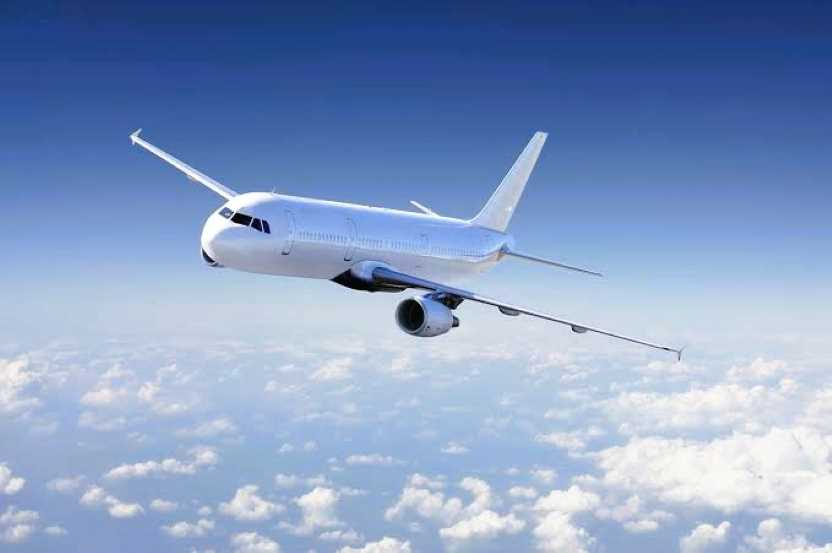
To support these mega projects, the UAE is also investing in advanced air traffic management systems. With airspace becoming more crowded due to rapid growth in commercial flights, cargo, and potential drone traffic, air traffic control needs to evolve.
In 2025, the General Civil Aviation Authority (GCAA) will roll out new technologies using artificial intelligence and data analytics to improve flight safety, reduce delays, and manage complex flight patterns more effectively. This includes coordinating traditional airliners with drones and potential eVTOL aircraft sharing the skies.
The smart air traffic control system will be a backbone for the UAE’s next-generation aviation ecosystem.
6. Sustainability and Green Aviation
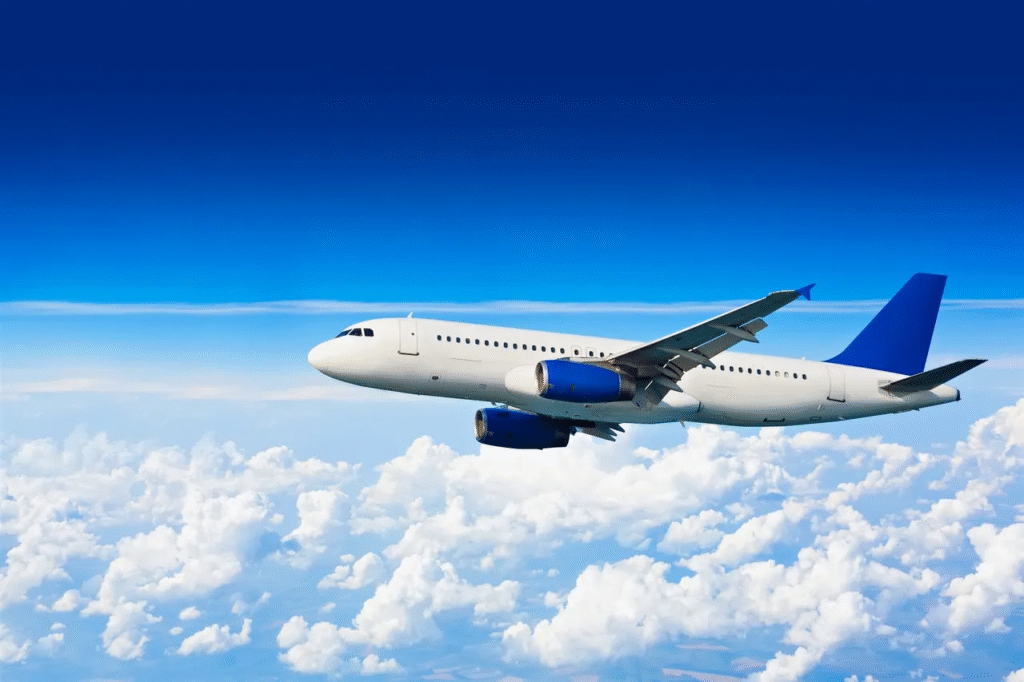
Sustainability is a key focus of the UAE’s aviation plans in 2025. The country is investing in sustainable aviation fuel (SAF) production, green building standards for terminals, and carbon offset programs.
Emirates and Etihad, the two major national airlines, have committed to expanding their SAF usage and reducing emissions as part of the UAE’s wider net-zero strategy. New airports and terminals are being designed with energy efficiency in mind, setting an example for other countries in the region.
Why These Projects Matter
Aviation is not just about flying from one place to another; it supports jobs, tourism, trade, and innovation. According to industry estimates, the UAE aviation sector contributes billions of dollars to the national economy and supports hundreds of thousands of jobs directly and indirectly.
The projects launching and expanding in 2025 will help the UAE strengthen its role as a global aviation powerhouse. They will also create new opportunities for local businesses, engineers, tech innovators, and service providers.
In addition, these projects help the UAE diversify its economy beyond oil, aligning with the country’s Vision 2031 goals of building a future-ready, knowledge-based economy.
Looking Ahead
By 2025, travelers flying into or through the UAE will experience some of the world’s most advanced airports, smooth passenger journeys, and potentially even urban air taxis. The country’s commitment to innovation and sustainability means these projects are not just about capacity but about creating a smarter, greener, and more connected aviation future.
As the skies above the UAE continue to evolve, these top aviation projects will redefine global standards and inspire other countries to follow. The next few years promise a thrilling ride for anyone interested in the future of air travel.
Read More:- Deyaar’s Latest Announcement Shakes Up the UAE Property Market



